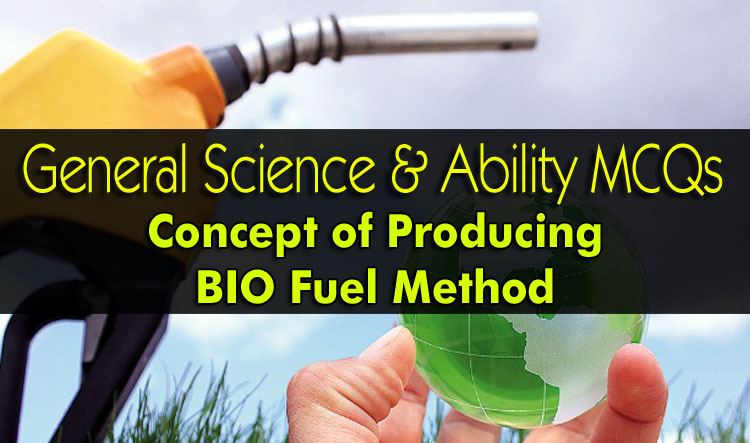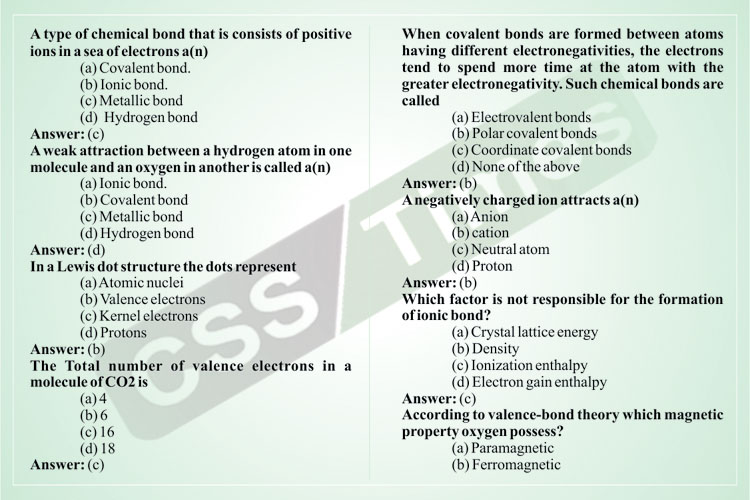General Science MCQs
Concept of Producing BIO Fuel Method
How is biofuel made?
(a) By fermenting the sugar components of starch crops
(b) By reacting vegetable oil or animal fat with an alcohol
(c) By treating plant oil or animal fat with hydrogen
(d) All of the above
Answer: (d)
Ethanol is biofuel and are known as
(a) carbon neutral
(b) hydrogen neutral
(c) oxygen neutral
(d) All of them
Answer: (a)
Propan-2-ol will get oxidized to give
(a) aldehyde
(b) ketone
(c) alcohol
(d) carbonyl
Answer: (b)
2 methyl-2 propan-2-ol is an example of
(a) primary alcohol
(b) secondary alcohol
(c) tertiary alcohol
(d) quaternary alcohol
Answer: (c)


